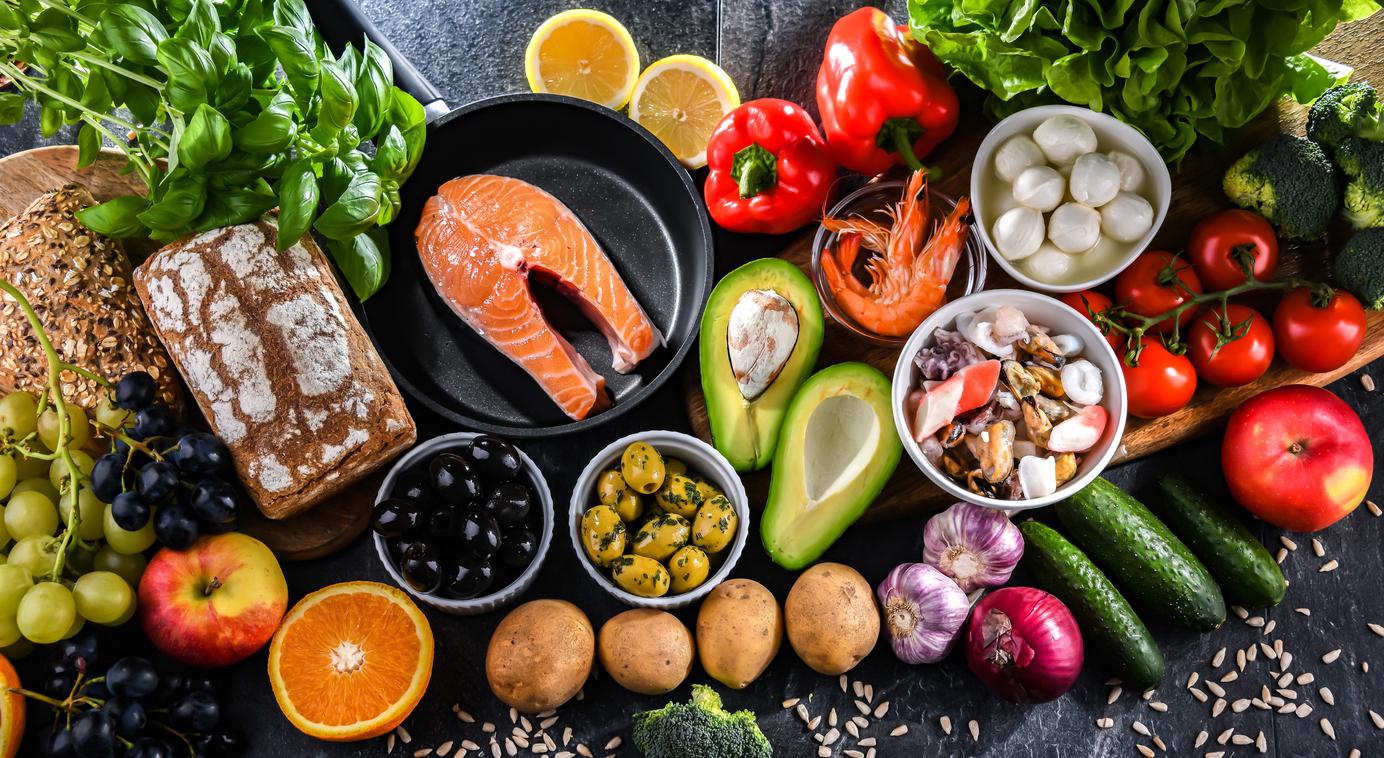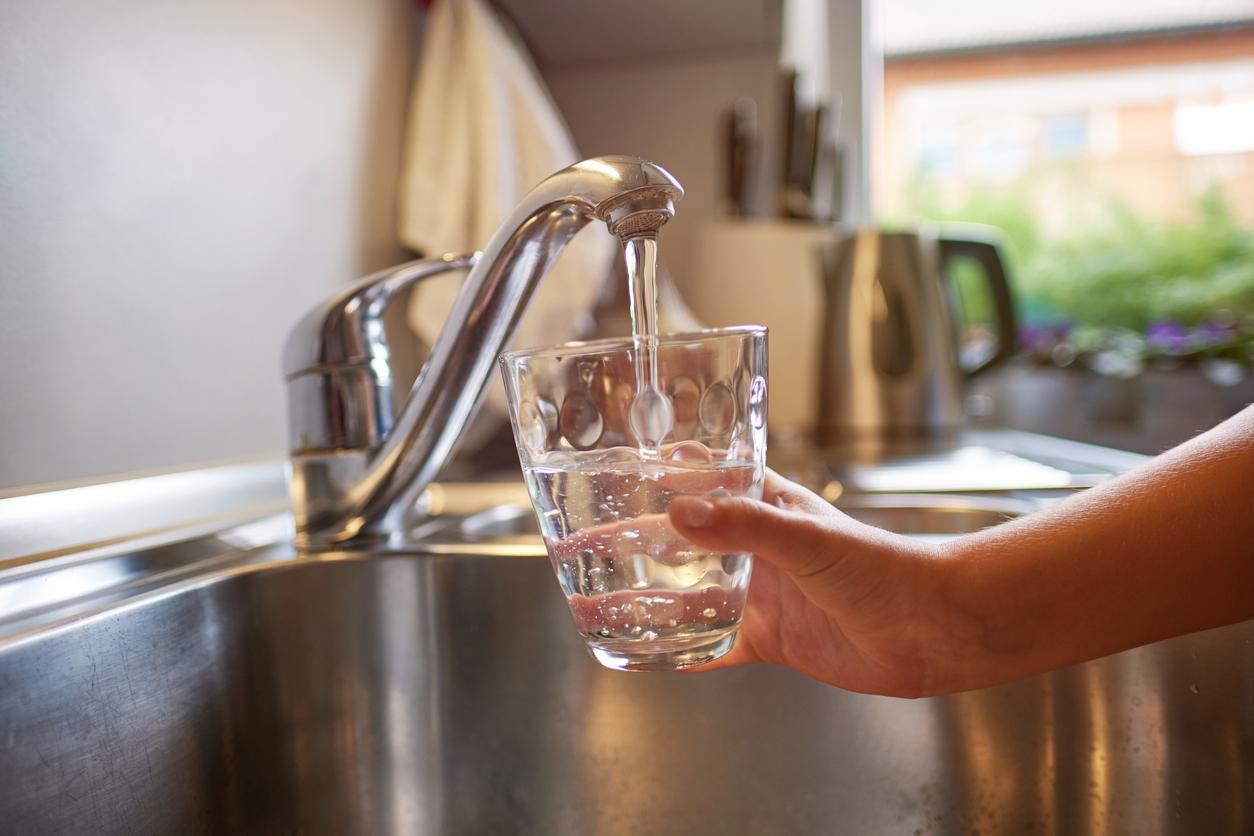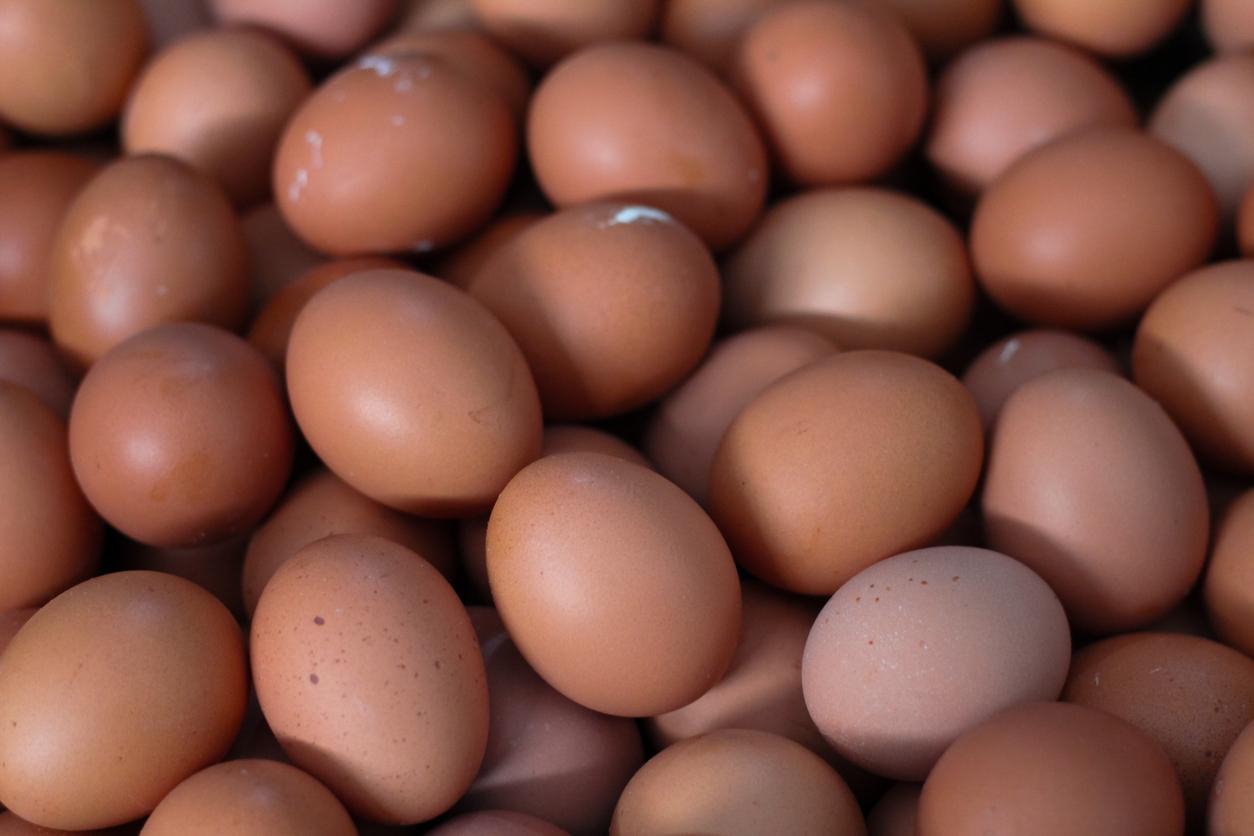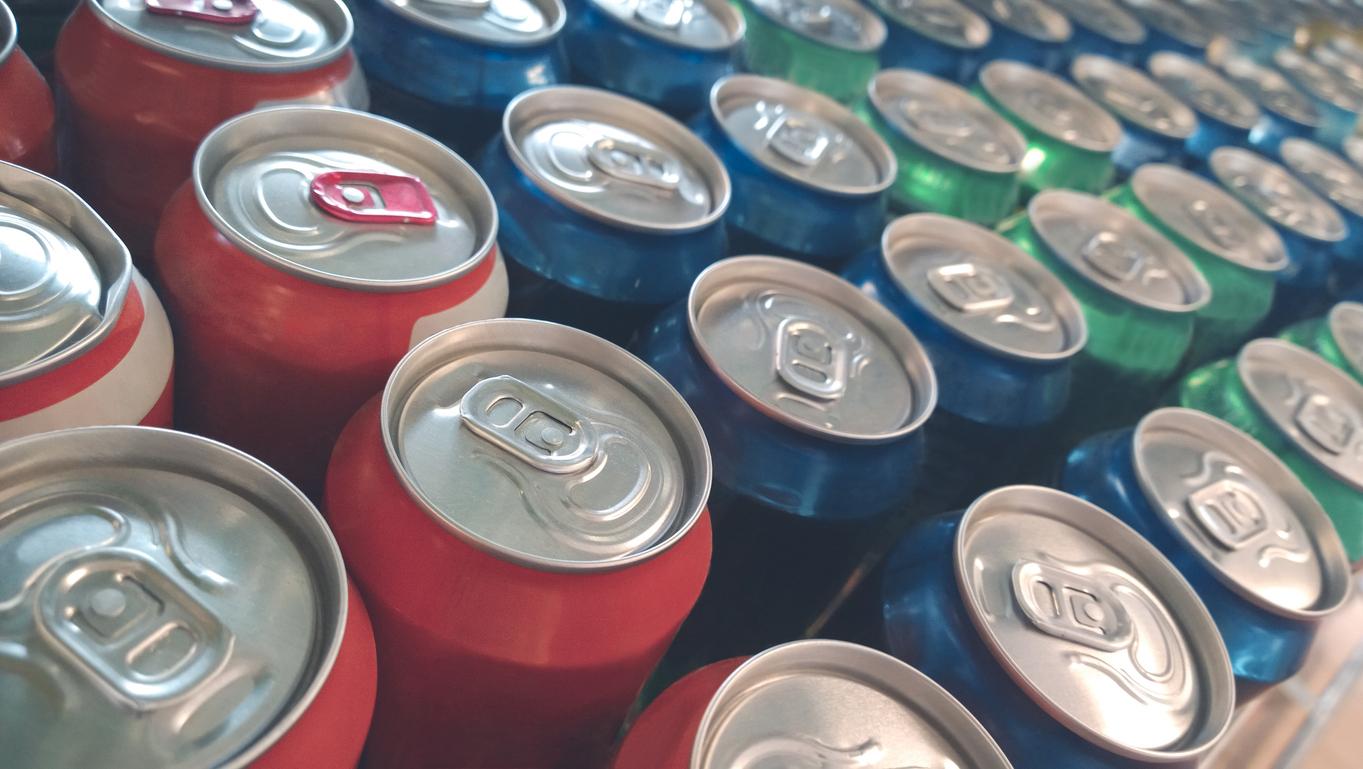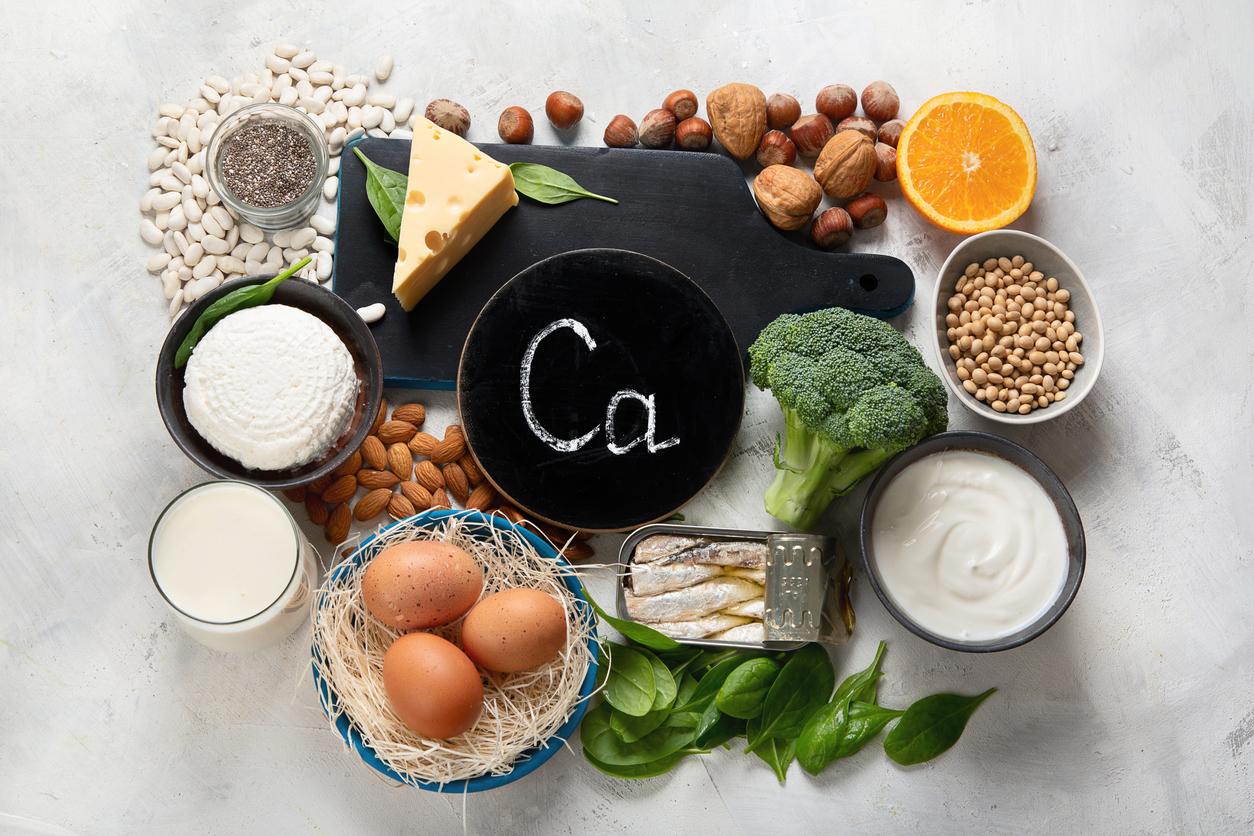Do you know the tis the water bottle frozen? This ingenious trick, shared on social networks by the virologist Océane Sorel, consists of using a simple bottle of water to ensure that the cold chain was maintained in your freezer.
Known by the pseudonym “The French virologist”, Océane Sorel runs an Instagram account followed by more than 156,000 subscribers. This doctor in virology and immunology regularly delivers health tips and advice.
Here’s how:
- Take a plastic water bottle and fill it two-thirds full.
- Place the water bottle in the freezer and wait for it to freeze completely.
- Once frozen, place the water bottle upside down in a corner of the freezer where it won’t easily tip over.
- Leave with peace of mind, knowing that your water bottle is ready to play its role as a power outage detector.
On your return, before consuming your frozen foods, take a look at the bottle of water. If you find that the ice inside is still solid and there is no water pouring over the neck or the bottle cap, it means that your freezer has remained at a constant temperature, guaranteeing thus preserving your frozen foods.
However, if you find that the ice inside the bottle has partially thawed and refrozen into a solid mass or if you spot frozen water on the neck, it is a warning signal. A power outage has likely occurred while you were away, potentially exposing your food to higher temperatures.
What are the risks in the event of a break in the cold chain?
When it comes to food preservation, freezing is often seen as an effective method of preserving food freshness. However, it is crucial to understand that freezing does not end microbial activity; it only slows the growth and proliferation of bacteria, such as ListeriaSalmonella or even Escherichia coliwhich may in particular be responsible for food poisoning.
“You have to imagine that it’s as if you had put the time on hold for a bit and that at the slightest opportunity, when the temperature conditions become ideal for them, they will resume their little life of bacteria and multiply. warn the doctor.
Why shouldn’t you refreeze thawed food?
This bacterial multiplication can accelerate further if your freezer thaws following a power outage, then restarts when power returns.
The freezing process does indeed offer an advantage to bacteria. When food freezes, thousands of ice crystals form inside, damaging its structure. When food thaws, bacteria take advantage of this vulnerability for easy access to the nutrients they need. Thawing, in a way, gives them a feast. Worse still, when refreezing, the process is not instantaneous. Several hours pass, a period during which the bacteria remain active and multiply at an alarming rate. This sequence of thawing-refreezing creates an environment conducive to bacterial growth, which can lead to double threat to food security.
It is therefore essential to take precautions when freezing and thawing food, ensuring that the correct temperatures are observed and avoiding sudden changes in temperature. Vigilance is required to prevent this method of preservation from becoming a veritable incubator for bacteria, putting your health and that of your loved ones at risk.
Sources:









